当前位置:网站首页>MOOSE平台使用入门攻略——如何运行官方教程的例子
MOOSE平台使用入门攻略——如何运行官方教程的例子
2022-08-04 05:30:00 【nuomi666】
本文仅介绍如何运行MOOSE平台官方给出的几个例子(Examples and Tutorials | MOOSE),如何安装MOOSE平台可以参考官方教程(Install MOOSE | MOOSE),本文是基于windows10系统的Ubuntu 20.04虚拟机进行的。
运行这些例子,可以使用自己构建的app,也可以编译官方给出的例子文件夹的app,为了尽快的跑通例子,这里直接编译例子文件夹中的app。
1、切换moose环境
首先打开Ubuntu,输入
conda activate moose如果还没有构建moose环境,可以参考(Conda MOOSE Environment | MOOSE),
此时命令行的开头base将转变为moose

2、编译app
以Ee01为例,这里推荐大家把原始文件在同目录下复制一次,切换工作目录至复制后的文件夹~\projects\moose\examples\ex01_inputfile_copy,然后运行make -j 4编译该目录下的app即可,其中j后面的数字是多少线程进行编译的意思,-j4即为4线程。
cd ~/projects/moose/examples/ex01_inputfile_copy
make -j 4编译的过程
编译的过程较慢,耐心等待完成即可。
3、运行例子
在app编译完成后,我们就能使用生成的appname-opt文件运行相应的执行文件(name.i),这里使用在ex01_inputfile_copy目录下刚编译的app:ex01-opt,去运行ex01.i,输入命令
./ex01-opt -i ./ex01.i耐心等待结果即可,求解的模型信息
Framework Information:
MOOSE Version: git commit cddfe1453b on 2021-12-14
LibMesh Version:
PETSc Version: 3.15.1
SLEPc Version: 3.15.1
Current Time: Tue May 10 13:34:47 2022
Executable Timestamp: Tue May 10 13:32:14 2022
Parallelism:
Num Processors: 1
Num Threads: 1
Mesh:
Parallel Type: replicated
Mesh Dimension: 3
Spatial Dimension: 3
Nodes: 3774
Elems: 2476
Num Subdomains: 1
Nonlinear System:
Num DOFs: 3774
Num Local DOFs: 3774
Variables: "diffused"
Finite Element Types: "LAGRANGE"
Approximation Orders: "FIRST"
Execution Information:
Executioner: Steady
Solver Mode: Preconditioned JFNK求解的过程,残差输出
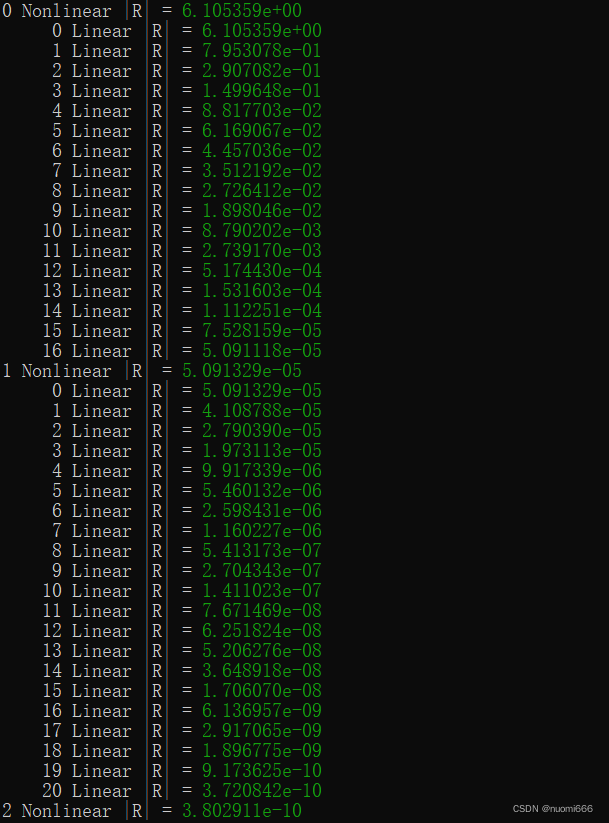
4、结果查看
在本例中,最终输出的文件是ex01_out.e,采用Exodus II格式,该格式可以使用Paraview(Download | ParaView)查看,或者使用Moose平台自带的Peacock(Peacock | MOOSE)。
使用Paraview打开后,第一步在默认界面左下方的Properties选项卡中勾选要查看的变量名称,第二步点击Apply按钮。
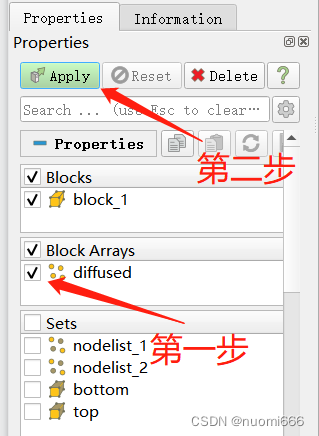
第三步在界面上方选择显示的变量,第四步显示求解域的类型(表面、网格或者节点等),对于瞬态模型,还可以对时间步进行调整。

最终的结果展示:
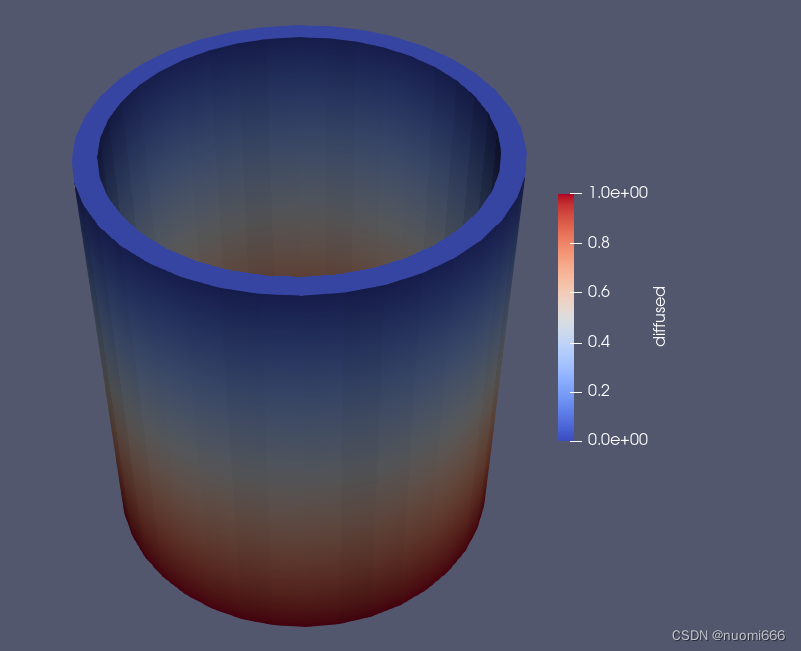
5、备注
在初次编译的过程中,出现错误代码
MAKEFILE:11:*** MISSING SEPARATOR. STOP.后面打开脚本文件Makefile进行查看,发现为空白,应该是之前使用的过程中,操作失误删除了里面的内容导致。
解决办法:打开MOOSE官网的GitHub库,找到损坏文件的链接,使用GitHub文件下载器(GitHub 文件加速),下载相应的文件,然后替换已经损坏的文件。
边栏推荐
- 【CV-Learning】Object Detection & Instance Segmentation
- JPEG2jpg
- Vision Transformer 论文 + 详解( ViT )
- BatchNorm&&LayerNorm
- 图像合并水平拼接
- Jupyter Notebook安装库;ModuleNotFoundError: No module named ‘plotly‘解决方案。
- TensorFlow2 study notes: 4. The first neural network model, iris classification
- 剪映专业版字幕导出随笔
- 投稿相关
- 多项式回归(PolynomialFeatures)
猜你喜欢

打金?工作室?账号被封?游戏灰黑产离我们有多近
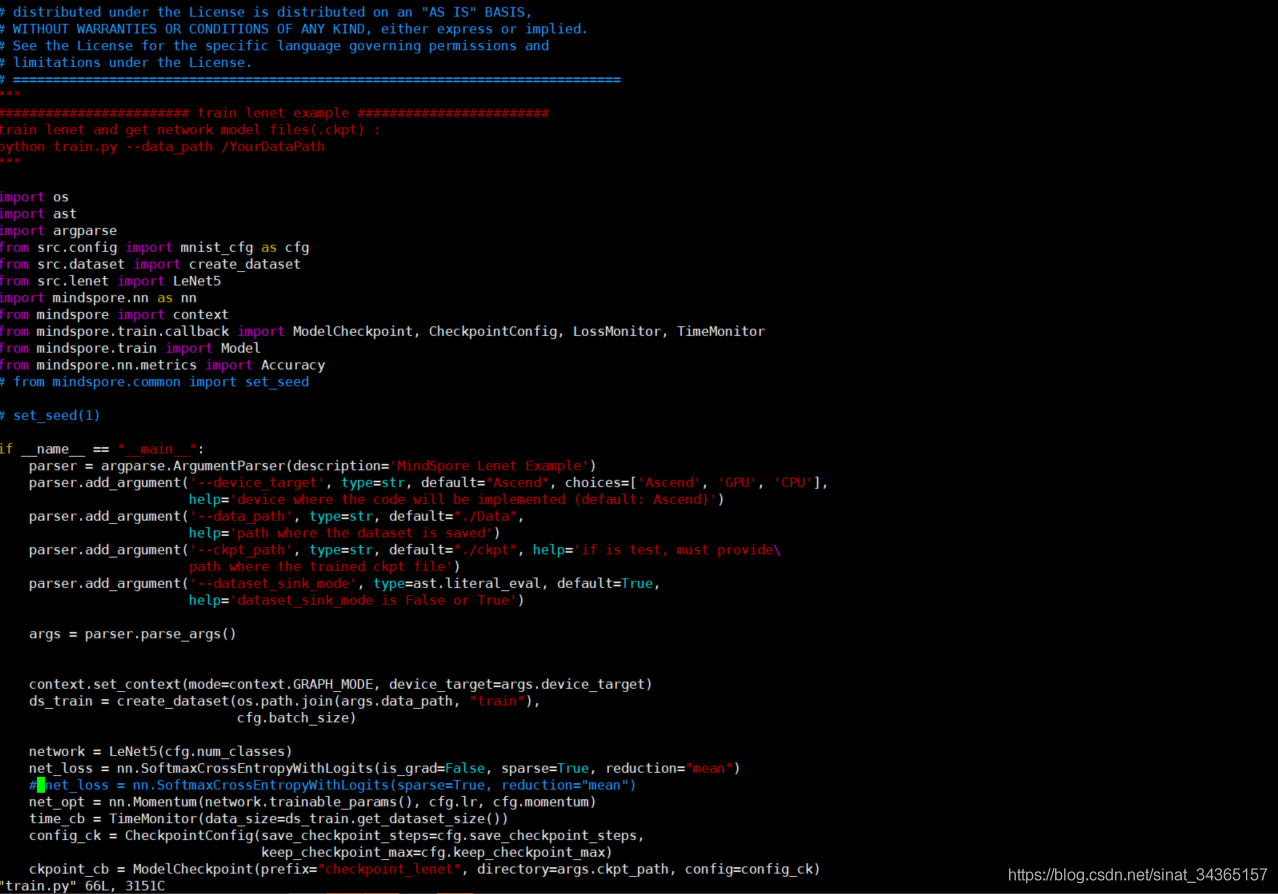
【Copy攻城狮日志】“一分钟”跑通MindSpore的LeNet模型
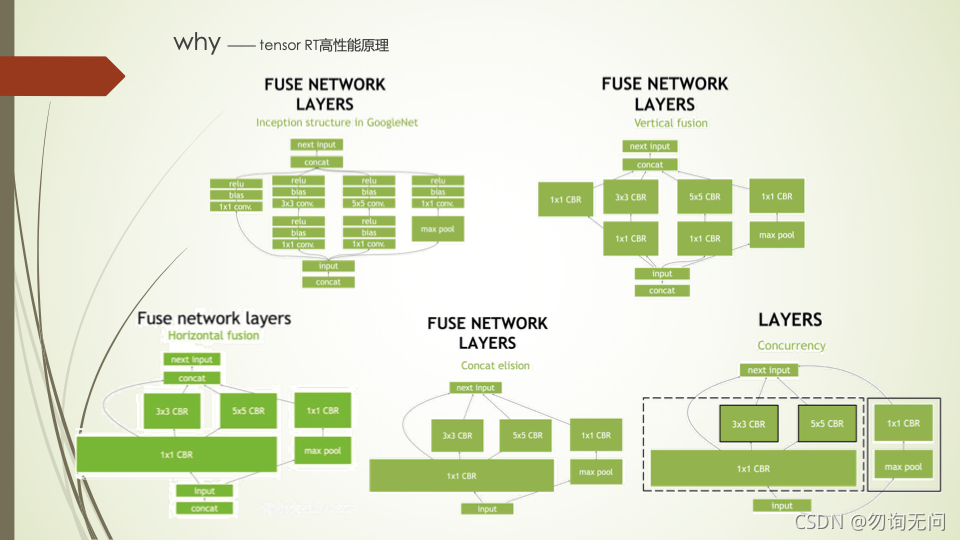
TensorRT 5 初步认识

SQL注入详解
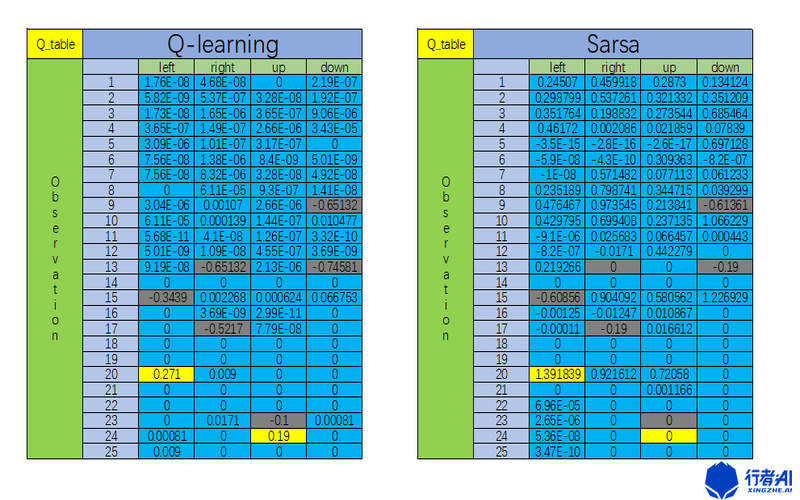
强化学习中,Q-Learning与Sarsa的差别有多大?
![[Introduction to go language] 12. Pointer](/img/c8/4489993e66f1ef383ce49c95d78b1f.png)
[Introduction to go language] 12. Pointer

MFC读取点云,只能正常显示第一个,显示后面时报错
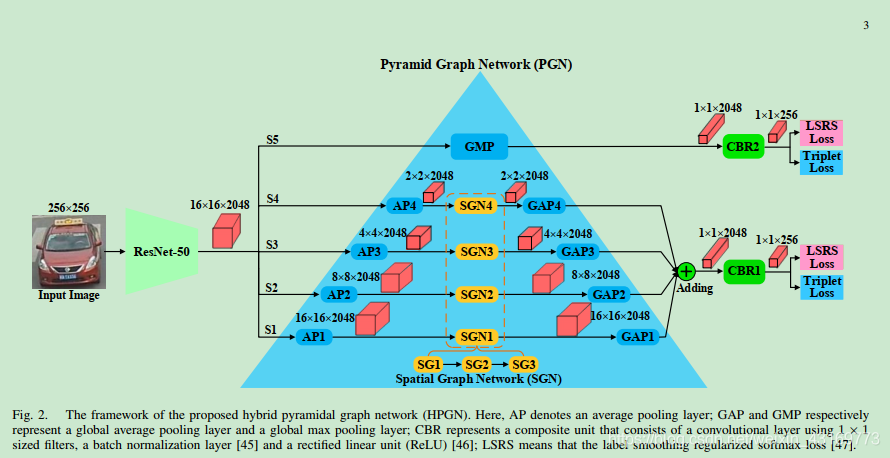
【论文阅读】Exploring Spatial Significance via Hybrid Pyramidal Graph Network for Vehicle Re-identificatio
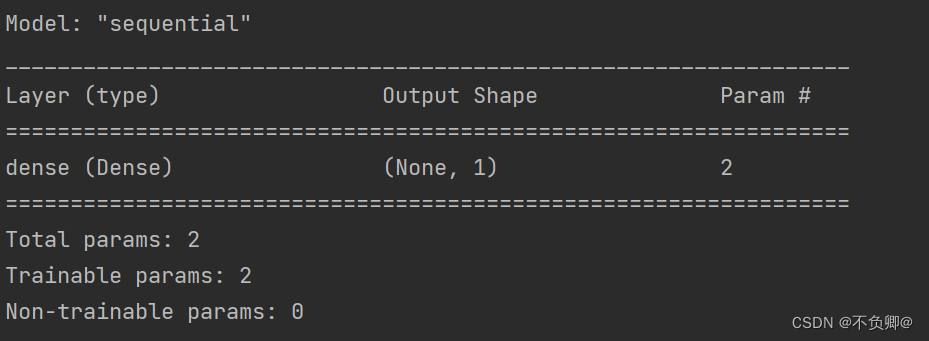
TensorFlow2 study notes: 8. tf.keras implements linear regression, Income dataset: years of education and income dataset
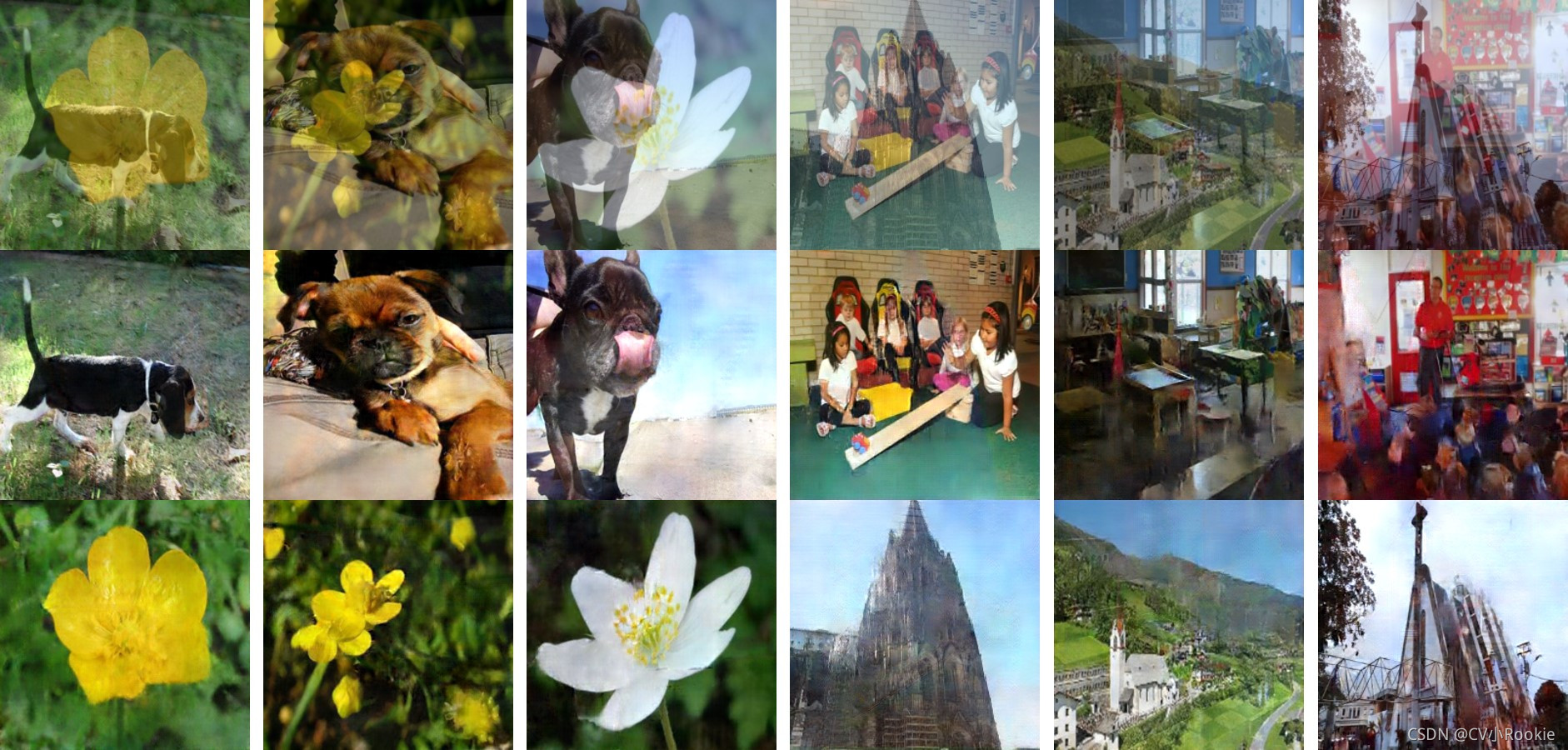
Deep Adversarial Decomposition: A Unified Framework for Separating Superimposed Images
随机推荐
Android foundation [Super detailed android storage method analysis (SharedPreferences, SQLite database storage)]
(TensorFlow) - detailed explanation of tf.variable_scope and tf.name_scope
lstm pipeline 过程理解(输入输出)
Introduction of linear regression 01 - API use cases
动手学深度学习__数据操作
Learning curve learning_curve function in sklearn
【论文阅读】Further Non-local and Channel Attention Networks for Vehicle Re-identification
TensorFlow2 study notes: 6. Overfitting and underfitting, and their mitigation solutions
2020-10-29
【go语言入门笔记】12、指针
[Deep Learning 21-Day Learning Challenge] 3. Use a self-made dataset - Convolutional Neural Network (CNN) Weather Recognition
简单说Q-Q图;stats.probplot(QQ图)
No matching function for call to ‘RCTBridgeModuleNameForClass‘
TensorFlow2 study notes: 7. Optimizer
MNIST手写数字识别 —— ResNet-经典卷积神经网络
sklearn中的学习曲线learning_curve函数
Android connects to mysql database using okhttp
Androd Day02
图像线性融合
Endnote编辑参考文献